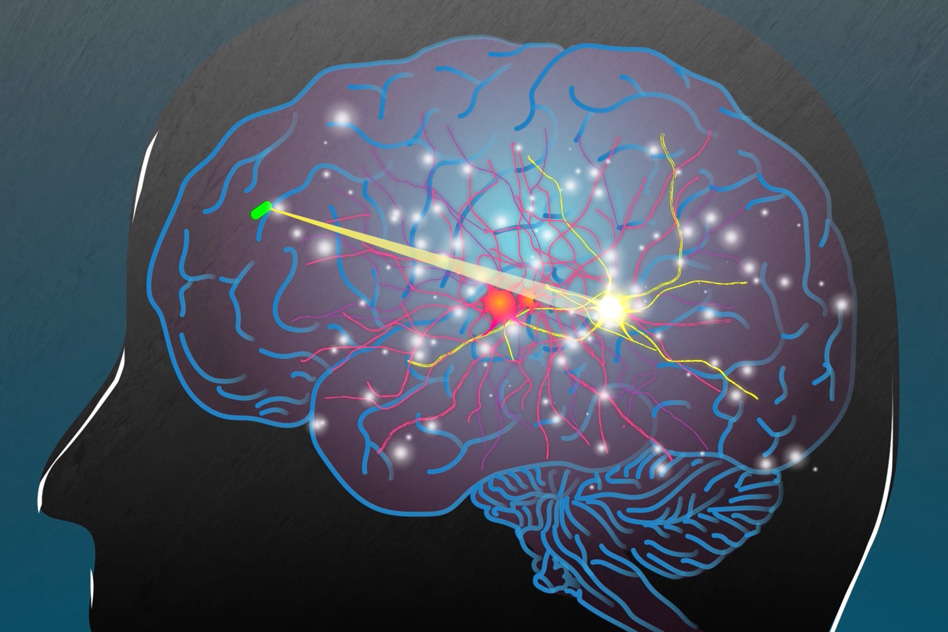
Every year, medicine moves forward - and offers new types of artificial limbs, artificial organs and electronic devices that are implanted in the human body. Accordingly, more and more people can afford an electric "upgrade." But the main problem of implantable electronics is how to ensure constant and stable power supply to devices built into the body?
Various options for extracting energy from the environment are considered:
piezoelectric elements (vibration),
thermoelectric elements operating on temperature difference (heat of the human body), triboelectric
pacemakers , and other devices have already been tested on rats, rabbits and pigs. These gadgets extract electric charge from friction (static electricity). Experiments are underway with electronics that feed on
human blood glucose and lactic acid from sweat .
In addition to extracting energy from the environment, various ways of wireless energy transfer are considered. Here the key problem is to develop a guaranteed safe transmission method in order not to damage the living tissues of the body that are between the receiver and the transmitter.
Researchers at the Massachusetts Institute of Technology (MIT), together with colleagues from the Brigham and Women's Hospital, have developed a
new system for the safe transmission of energy on radio waves, which safely pass through human tissues. In animal tests, researchers proved that this method is suitable for powering devices located at a depth of 10 centimeters in tissue from a distance of 1 meter. And if the sensors are located close to the skin, then energy can be safely transferred from a distance of up to 38 meters.
These are quite acceptable characteristics that most human implants, including cardiac pacemakers, brain implants for stimulating certain parts of the brain with light or electropulses, as well as “smart” pill containers that release the medicine when the affected area reaches, correspond.
Until now, scientists have not been able to offer an effective wireless power system that is safe for living tissue. The fact is that radio waves are usually absorbed by body tissues, so only a small part of it reaches the end device. A powerful transmitter is required, and tissues are destroyed at high energies.
To solve the problem, researchers have developed an “In Vivo Networking” (IVN) system. This is an antenna array that emits radio waves at slightly different frequencies. As the propagation of radio waves, they overlap and combine in various ways. At certain points, resonance is reached and the energy threshold is overcome, until there is energy rises to a level sufficient to power the implanted sensor.
With the new system, it is not necessary to know the exact position of the sensors in the body, since the energy is transmitted to a vast area. It also means that you can power
multiple devices at the same time. And sensors that receive a powerful impulse can relay information back to the antenna using the RFID principle.
“Although these tiny implantable devices do not have batteries, now we can communicate with them at a distance. This opens up completely new types of medical applications, ”said Fadel Adib, associate professor at the Massachusetts Institute of Technology Media Lab and lead author of a scientific paper that will be presented at the Association for Computing Technology Conference in August 2018. of the year.
Wireless transmission of energy can significantly reduce the size of devices: in experiments, Media Lab tested a graft about the size of a rice grain. And this is not the limit: the researchers believe that the size can still be reduced.
The system was developed in collaboration with the laboratory staff at the Brigham and Women's Hospital, which is now working on various types of smart tablets for drug delivery, removal of various biological parameters and control of the gastrointestinal tract.
The medicine is already using implantable electrodes for deep brain stimulation (DBS). Originally developed to cure seizures that Parkinson's patients suffer from, for many researchers this method has become a potentially revolutionary way to treat various mental illnesses.
In addition to electrical stimulation, wireless brain implants perform optical stimulation to stimulate or inhibit the activity of certain groups of neurons. While this technique is not used in humans, but is considered very promising for the treatment of many neurological disorders. Currently, brain implants are controlled by a device like a pacemaker that is implanted under the skin. But when using wireless power, you can use a more comfortable scheme.
In the future, powerful transponders will be able to transmit energy to brain implants of entire groups of people, which is very convenient.